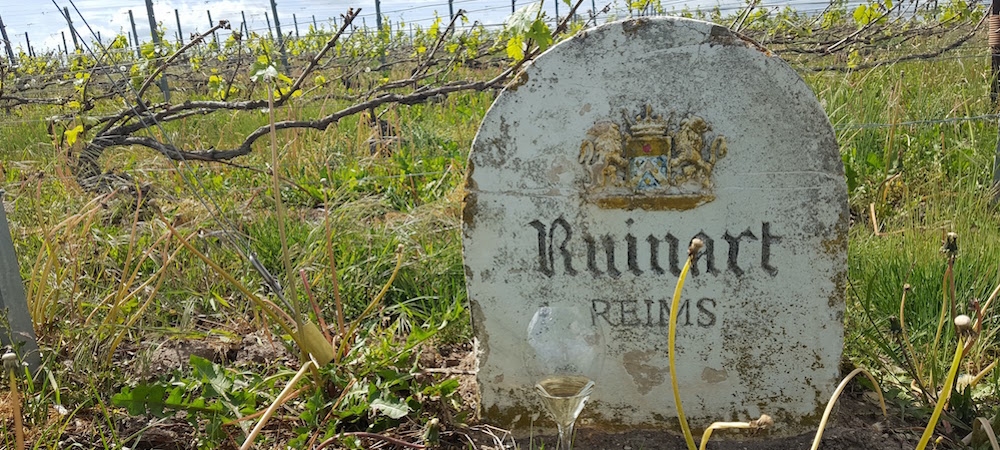Think Pink: The First Champagne House to Create a Rosé
This year, the spotlight is very much focused on all things pink, thanks to the release of Ruinart’s latest vintage rosé (and the last one we can expect to see for some time): the Dom Ruinart Rosé 2004. This event is particularly significant when you consider that Ruinart was the very first house to create Rosé champagne, selling their very first bottles in 1764. The first Ruinart rosés reached the UK in 1776, where they became enormously popular with aristocrats, artists and even royalty including the Prince of Wales and the Duke of Marlborough.
Although it was undeniably the inimitable Madame Clicquot who mastered the production method used today, in which small quantities of still red wine are added during the blending process, Ruinart’s initial discovery of rosé was actually accidental; the skins of the Pinot Noir grape were macerated a little too much in the production process, leaving the wine with a pink hue. At the time, the wine was referred to as l’Œil de Perdrix, or ‘eye of the partridge’. This French term was a reference to the pale coppery-pink colour of a just-shot partridge’s eye (sorry, readers, I never said this bit was romantic) and you can still occasionally find rosé champagnes labelled in this way today. The ‘rozet’ colour became extremely sought-after and winemakers used many techniques to add colour including dyeing the wine with elderberries, although this practise was banned in the 19th Century.
2018 saw the release of Ruinart’s 2004 vintage rosé… and oh, what a rosé it is. We were lucky enough to spend a sunny July afternoon tasting in the company of Caroline Fiot, one of the Ruinart winemakers responsible for overseeing the creation of every beautiful blend. Here is what we discovered…
